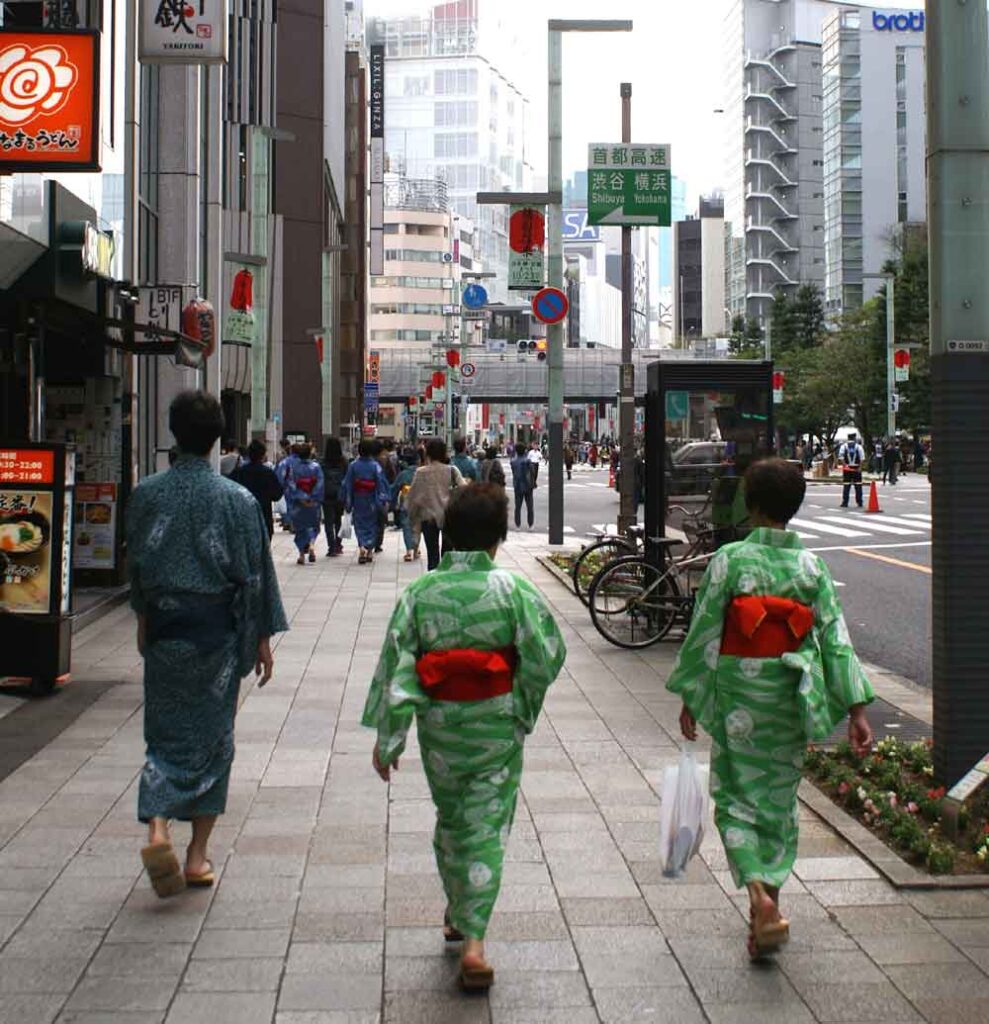At the heart of Japanese culture, the concepts of “Yasumi” and “Shumi” transcend simple pause and passion. These terms reveal the search for balance and well-being in daily life. This article explores these two facets of Japanese life in depth, highlighting the importance of taking time for yourself and cultivating passions.
Yasumi – The Art of Rest:
“Yasumi” is not limited to a simple physical break. It is an invitation to mental relaxation, to a thoughtful escape from daily routine. Traditional practices such as meditation, contemplation of cherry blossoms (Hanami) or an onsen session, Japanese thermal baths, illustrate the importance of Yasumi in preserving mental balance.
Traditional Practices of Yasumi:
a. Hanami: The poetic observation of cherry blossoms in spring, where the ephemeral beauty invites contemplation.
b. Onsen: Japanese thermal baths offer an experience of deep relaxation, promoting the regeneration of body and mind.
c. Ikebana: Japanese floral art, where the creation of ephemeral compositions invites pause and reflection, emphasizing the connection with nature.
Shumi – The Quest for Passions:
“Shumi” embodies the pursuit of hobbies and personal interests, providing an enriching dimension to daily life. The diversity of the Shumi reflects the richness of this personal quest.
Diversity of the Shumi:
a. Calligraphy: The art of beautiful writing, a meditative practice that attracts many enthusiasts, emphasizing the importance of personal artistic expression.
b. Manga/Anime: The creation and consumption of comics and anime are popular Shumi that transcend generations.
c. Gardening: Growing plants and creating Zen gardens are popular hobbies for finding harmony with nature, illustrating connection with the environment.
Balance Between Yasumi and Shumi:
Japanese culture values the balance between rest (Yasumi) and the pursuit of passions (Shumi). Finding time for Yasumi allows you to preserve the energy needed to fully invest in Shumi, creating a beneficial cycle for overall well-being.
Contemporary Adaptation of Yasumi and Shumi:
In modern life, the Japanese have integrated these concepts into their daily lives in creative ways. Yasumi can be found in urban green spaces, quiet cafes, while Shumi manifests through online communities sharing common interests, highlighting the modernization of these age-old traditions.
Conclusion:
Yasumi and Shumi are not just concepts, but pillars of Japanese existence. They represent the search for personal harmony, regeneration and passion in everyday life. By embracing these values, one can discover a balanced, inspiring and adaptive philosophy of life that transcends cultural boundaries.



